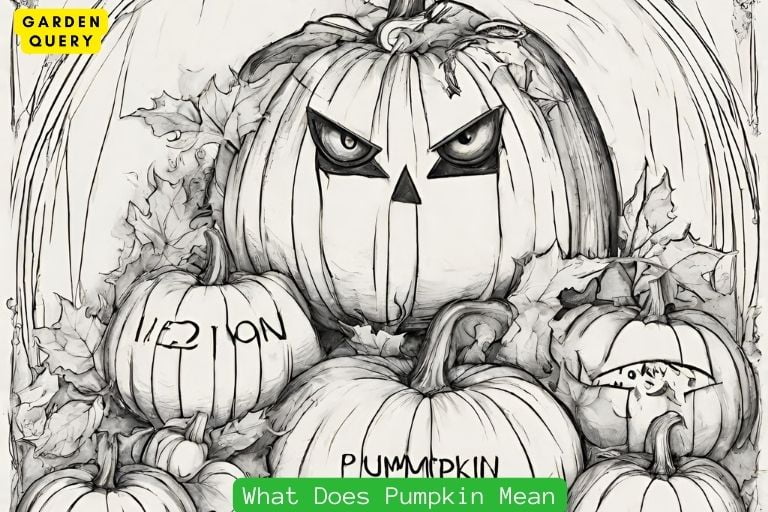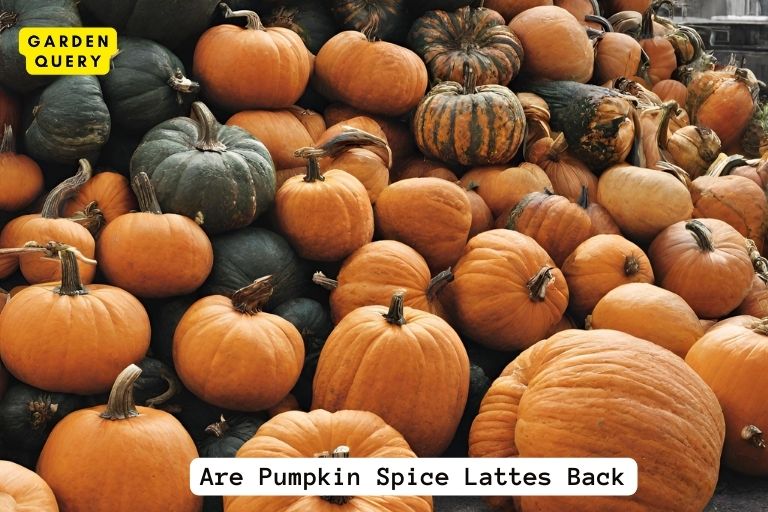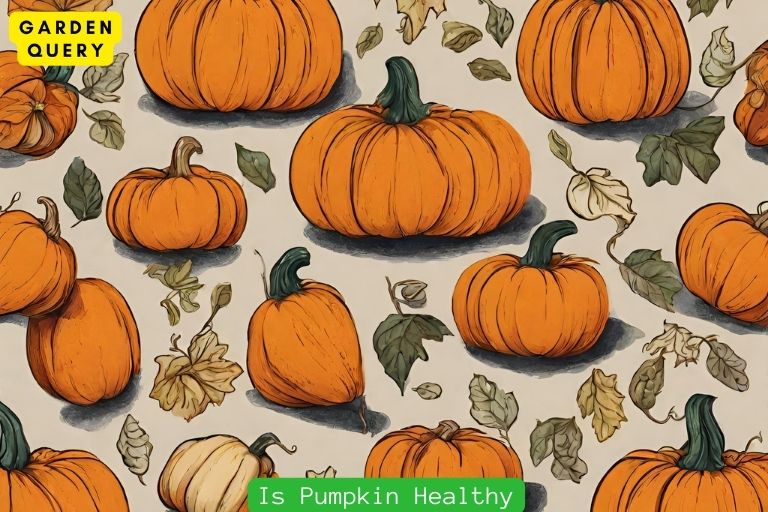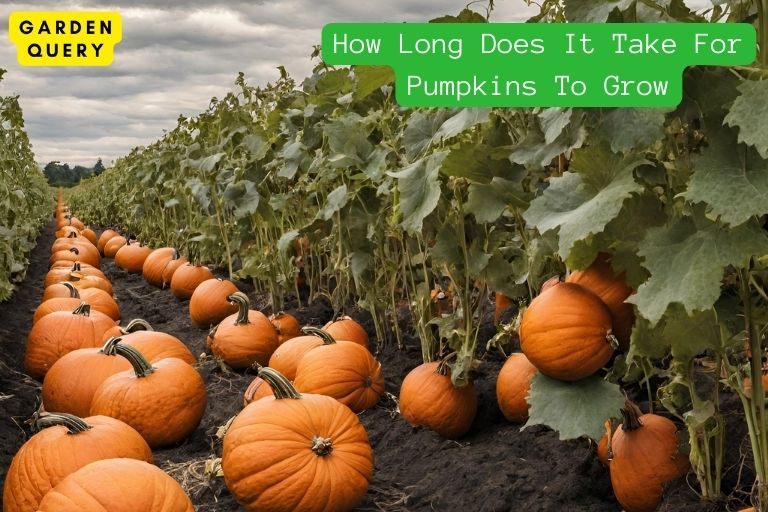What Does Pumpkin Mean?
Pumpkin embodies a symbol of abundance, prosperity, and the essence of harvest and autumnal celebrations.
Pumpkin, beyond being a versatile and nutritious vegetable, holds rich cultural and symbolic significance. Across cultures, it symbolizes prosperity, as it is plentiful during the harvest season.
It signifies warmth and coziness, being intertwined with fall traditions, especially through pumpkin spice, carving for Halloween, and Thanksgiving dishes.
Embodying both culinary and decorative uses, it stands as a versatile icon, representing comfort and abundance. Its vibrant hue and robust form capture the essence of the autumnal season.
Key Takeaway
Etymology of the Word “Pumpkin”
The word "pumpkin" has an interesting etymology. Its origins can be traced back to the Greek word "pepon," meaning "large melon."
This eventually evolved into the French word “pompon,” which then made its way into the English language as “pumpion” in the 17th century.
Over time, “pumpion” was further altered to “pumpkin,” which is the term we use today.
The pumpkin itself has a rich history and is often associated with autumn and harvest festivals.
It is widely cultivated for its delicious flesh and has become a staple ingredient in many recipes around the world.

Its culinary uses, pumpkins have also become a symbol of Halloween.
Carving pumpkins into spooky designs and lighting them with candles has become a popular tradition during this holiday.
Apart from its name, the pumpkin holds various meanings in different cultures.
In some parts of the world, it represents abundance, prosperity, and fertility due to its large size and numerous seeds. In other cultures, it is associated with protection and warding off evil spirits.
Today, pumpkins are enjoyed not only for their taste and decorative purposes but also for their nutritional value.
They are low in calories and rich in vitamins, minerals, and antioxidants. Pumpkin seeds, in particular, are known for their high protein and healthy fat content.
The word "pumpkin" has an etymology that can be traced back through history, reflecting its association with "pepon" and "pompon."
The pumpkin itself holds various cultural meanings and has become a beloved symbol of autumn, harvest, and Halloween festivities.
Whether you enjoy it in savory dishes, sweet treats, or as a decorative item, the pumpkin continues to bring joy and nourishment to people around the world.
Read More: Pumpkin
Historical and Cultural Significance
The pumpkin holds significant historical and cultural significance in various parts of the world. Dating back thousands of years, the pumpkin has been an integral part of human civilization.
In Native American cultures, the pumpkin played a crucial role in their daily lives.
- It was one of the main crops cultivated by the Native Americans and provided a reliable source of food.
- The pumpkin also held spiritual and ceremonial importance, symbolizing abundance, fertility, and protection.
- The Native Americans used every part of the pumpkin, from the flesh for cooking to the seeds for medicinal and nutritional purposes.
- During the colonization of the Americas, Europeans were introduced to the pumpkin and quickly embraced its versatility.
- Pumpkins became a staple in European cuisine, used in a wide range of dishes such as soups, pies, and bread.
- They were also used for decorative purposes, carving intricate designs and faces into them during harvest festivals and celebrations.
- The pumpkin gained particular prominence in North America during the autumn season, especially around Halloween.
- The tradition of carving pumpkins into jack-o’-lanterns originated from the Irish folklore of Stingy Jack.
- Irish immigrants brought this tradition to America, where it evolved into the pumpkin-carving tradition we know today.
- Beyond culinary and decorative uses, the pumpkin has also become a symbol of fall and harvest, representing warmth, comfort, and coziness.
- It is commonly associated with holidays such as Thanksgiving, where pumpkin pies and desserts take center stage as traditional dishes.
- In recent years, the pumpkin has also gained popularity as a cultural icon, with the rise of pumpkin spice-flavored products and the trend of pumpkin picking and pumpkin festivals.
- People enjoy visiting pumpkin patches, selecting their favorite pumpkins, and engaging in activities such as hayrides and corn mazes.
- The pumpkin has also become a symbol of creativity and artistic expression. Many artists use pumpkins as a canvas, painting intricate designs or characters on them.
- The annual Pumpkin Festival in Keene, New Hampshire, is a prime example of this, where thousands of carved and decorated pumpkins are displayed, creating a vibrant and imaginative spectacle.
The pumpkin holds both historical and cultural significance.
From its important role in Native American cultures to its widespread adoption in European and North American traditions, the pumpkin has become a symbol of abundance, harvest, and creativity.
Whether enjoyed in culinary delights, used as decorative items, or celebrated at festivals, the pumpkin continues to bring joy and meaning to people’s lives around the world.
Read More: How Long Does It Take For Pumpkins To Grow?
Symbolism and Usage
The symbolism and usage of pumpkins go beyond their role as a Halloween decoration or a key ingredient in pumpkin spice lattes.
Pumpkins hold cultural and symbolic significance in many different ways.
In American culture, pumpkins are often associated with autumn and harvest time.
They are seen as a symbol of abundance and gratitude, representing the bountiful harvest and the appreciation for the fruits of hard work.
The practice of carving pumpkins into Jack-o’-lanterns for Halloween also has its roots in ancient Irish folklore, where people used turnips or potatoes to ward off evil spirits.
Pumpkins also hold religious symbolism in various cultures. In some Native American tribes, they are seen as a symbol of protection and are used in rituals and ceremonies.
The orange color of pumpkins is often associated with energy, warmth, and positivity.
Beyond their symbolism, pumpkins have a wide range of practical uses. They are a versatile ingredient in the kitchen, used to make delicious pies, soups, and roasted dishes.
Pumpkin seeds are a nutritious snack and can be used in baking or as a topping for salads.
Pumpkins are often used as a natural ingredient in skincare products due to their high content of vitamins and antioxidants.
Pumpkins have also become popular in the world of fashion and home decor. Their vibrant orange color and unique shape make them a popular motif during the fall season.
From pumpkin-themed clothing and accessories to pumpkin-shaped decor items, they add a touch of warmth and coziness to any setting.
Read More: How Do Pumpkin Seeds Grow?
Modern Interpretations
In modern times, the meaning of pumpkins has expanded beyond its traditional associations.
While it still holds significance during harvest festivals and Halloween, pumpkins have taken on new symbolic meanings as well.
One common interpretation is that pumpkins represent abundance and prosperity.
The vibrant orange color and the round shape of pumpkins are often associated with wealth and good fortune.
They are seen as a symbol of a bountiful harvest and the potential for abundance in all aspects of life.
Another modern interpretation is that pumpkins symbolize creativity and transformation.
This is especially prominent during Halloween, where pumpkins are carved into jack-o’-lanterns with various designs and expressions.
The act of carving pumpkins allows individuals to express their artistic abilities and create unique and personalized decorations.
It also signifies the transformative nature of the autumn season, as pumpkins change from ordinary fruits to carved masterpieces.
Pumpkins have also become associated with warmth and comfort in modern interpretations.
They are often featured in seasonal decorations, such as wreaths and centerpieces, to create a cozy and inviting atmosphere.
The scent of pumpkin is commonly used in candles, air fresheners, and baked goods, further enhancing the feeling of warmth and comfort.
Pumpkins have gained recognition as a symbol of community and unity. During fall festivals and events, pumpkin carving contests and pumpkin-themed activities bring people together.
The act of picking pumpkins from a patch or visiting a pumpkin farm has become a shared experience that fosters a sense of camaraderie and connection among individuals.
In modern interpretations, pumpkins have taken on several meanings beyond their traditional symbolism.
They represent abundance, prosperity, creativity, transformation, warmth, comfort, and unity.
Whether as a festive decoration or an ingredient in delicious recipes, pumpkins continue to hold a special place in our hearts and symbolize the beauty and richness of the autumn season.
Conclusion
In conclusion, the meaning of pumpkin goes beyond its literal definition as a fruit or vegetable. Pumpkins are a symbol of autumn, harvest, and Halloween.
They embody warmth, comfort, and tradition. They bring people together in celebration and create lasting memories.
Historically, pumpkins have played a significant role in various cultures and traditions.
From being carved into Jack-o’-lanterns to creating delicious pumpkin pies, this versatile ingredient has become an integral part of our lives.
Beyond the cultural and culinary significance, the pumpkin holds a metaphorical meaning as well. It represents transformation, growth, and abundance.
Just as a pumpkin starts as a tiny seed and grows into a majestic fruit, it serves as a reminder that we too have the potential to evolve and flourish.
The meaning of pumpkin is subjective and personal. Different individuals may have different associations and interpretations.
It’s the beauty of symbolism – it allows for individual creativity and expression.
So, the next time you spot a pumpkin, take a moment to appreciate its rich symbolism and the joy it brings.
Whether you enjoy its flavors, decorate it for Halloween, or embrace its deeper meaning, the pumpkin holds a special place in our hearts and traditions.
Let the pumpkin serve as a reminder to embrace the seasons of life, to celebrate abundance, and to strive for personal growth.
Allow its warmth and comfort to fill your life with happiness and gratitude.
- Best Therapists In Dallas - February 1, 2024
- Holly Willoughby Husband: Holly Willoughby’s Love Story - January 30, 2024
- Holly Willoughby Dress: 5 Style Secrets and 7 Must-Know Career Milestones - January 30, 2024





